Cable processing tools
-
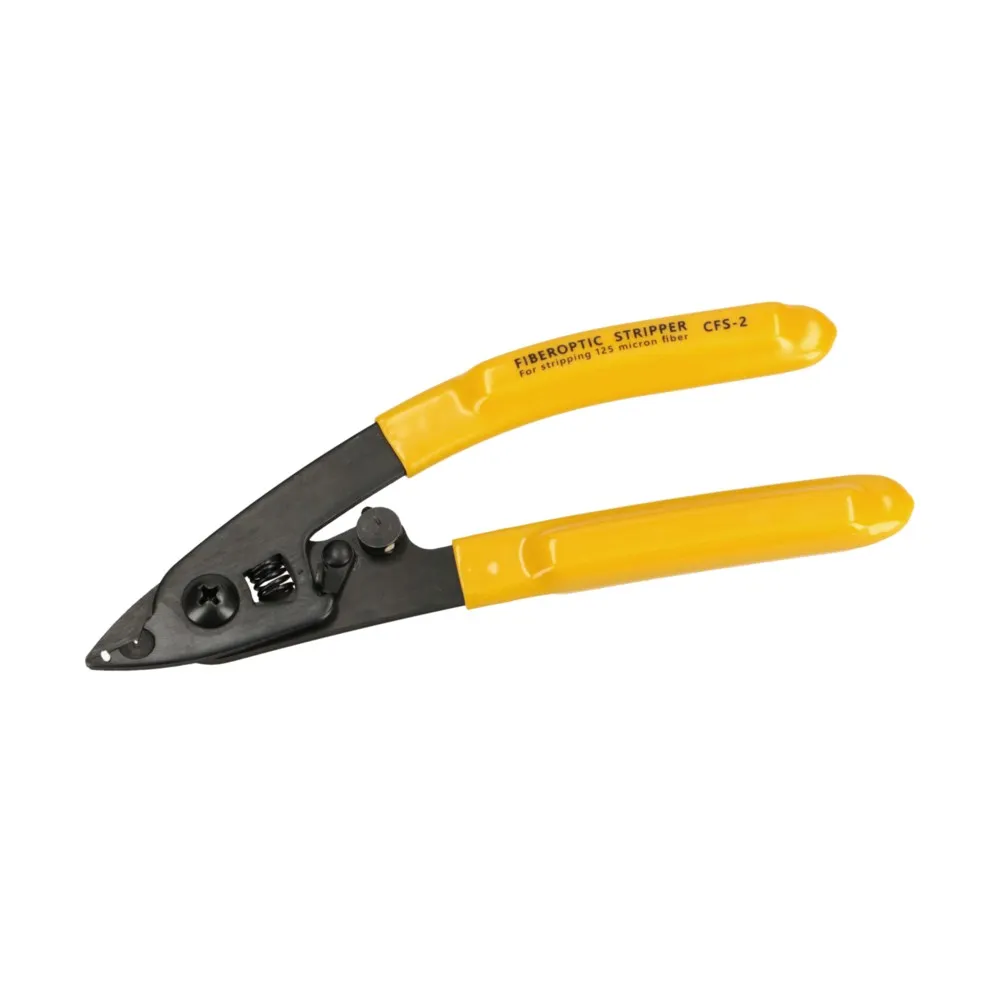
Extralink CFS-2 Cable peeler
45,01 zł Gross -
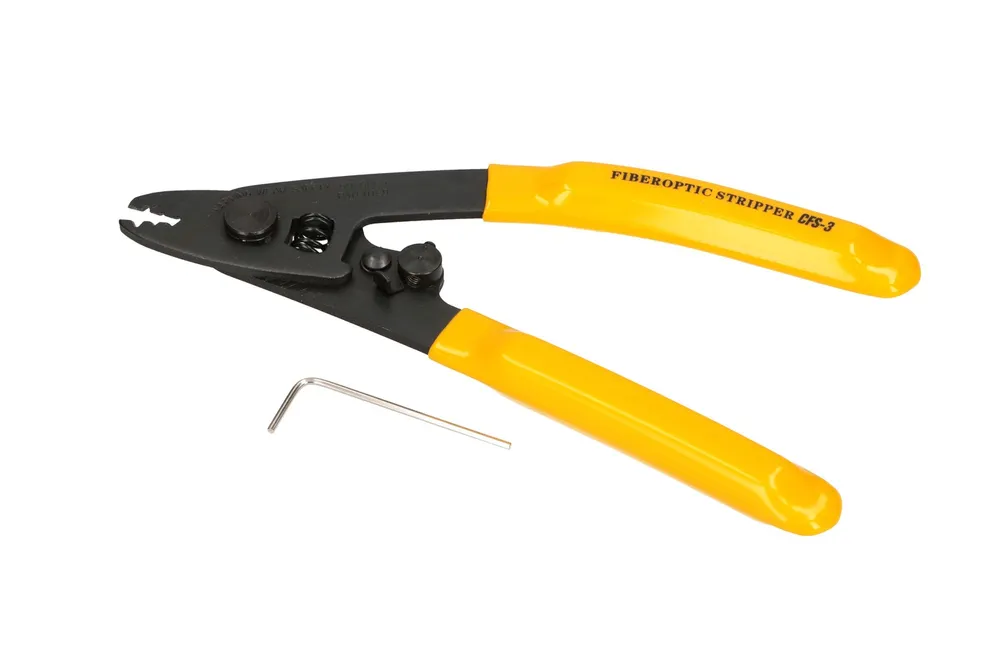
Extralink CFS-3 Cable peeler
45,01 zł Gross -
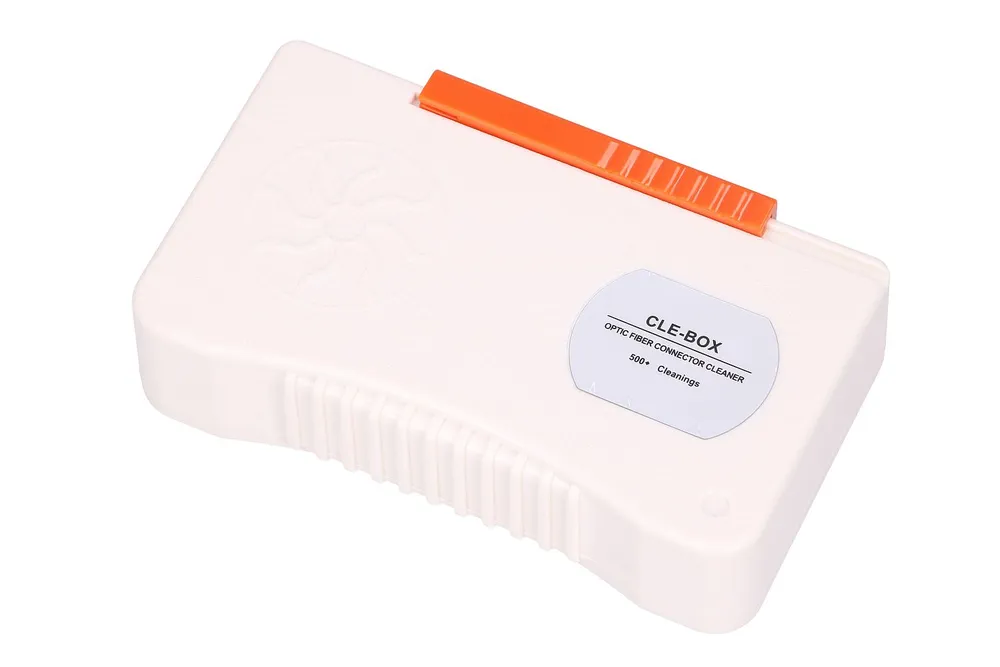
Extralink CLE-BOX Fiber optic connector cleaning cassette
149,00 zł Gross -
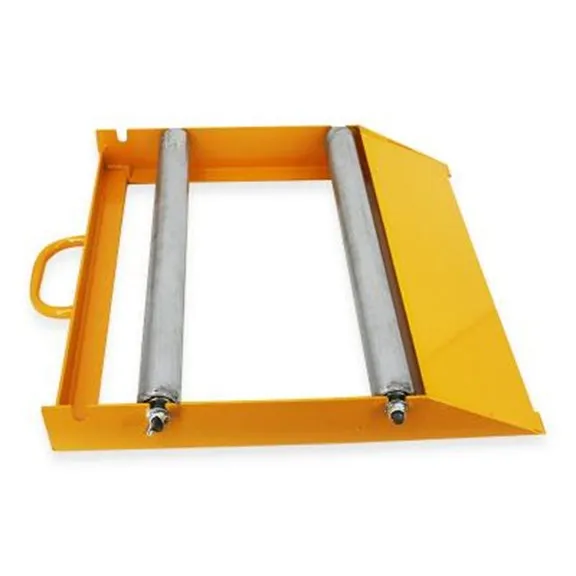
Extralink FXPB-1 Drum stand
647,72 zł Gross -
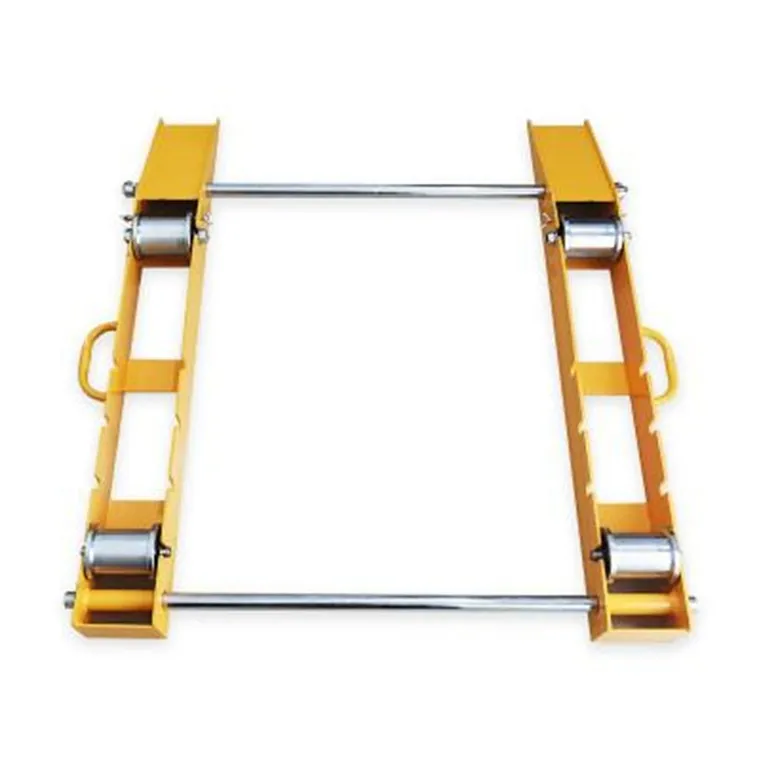
Extralink FXZH-1 Drum stand
1473,45 zł Gross -
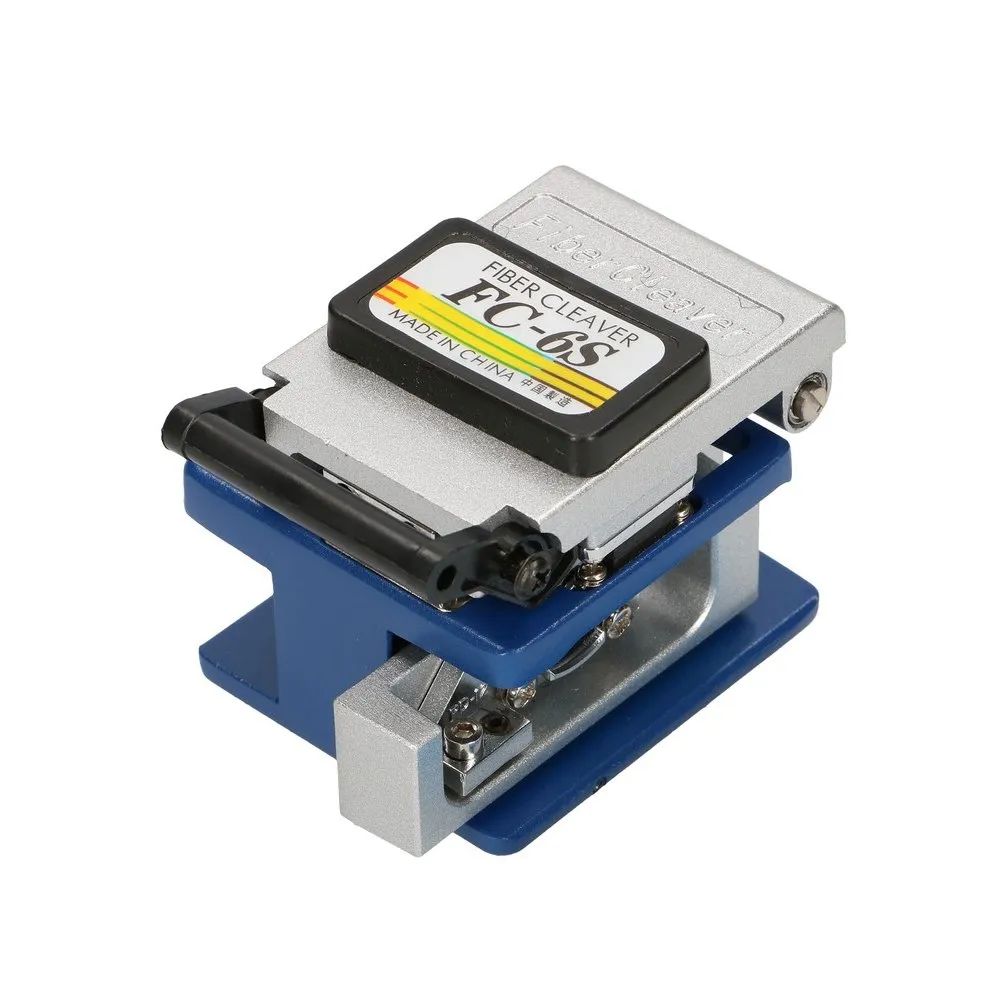
Extralink Guillotine
199,00 zł Gross -
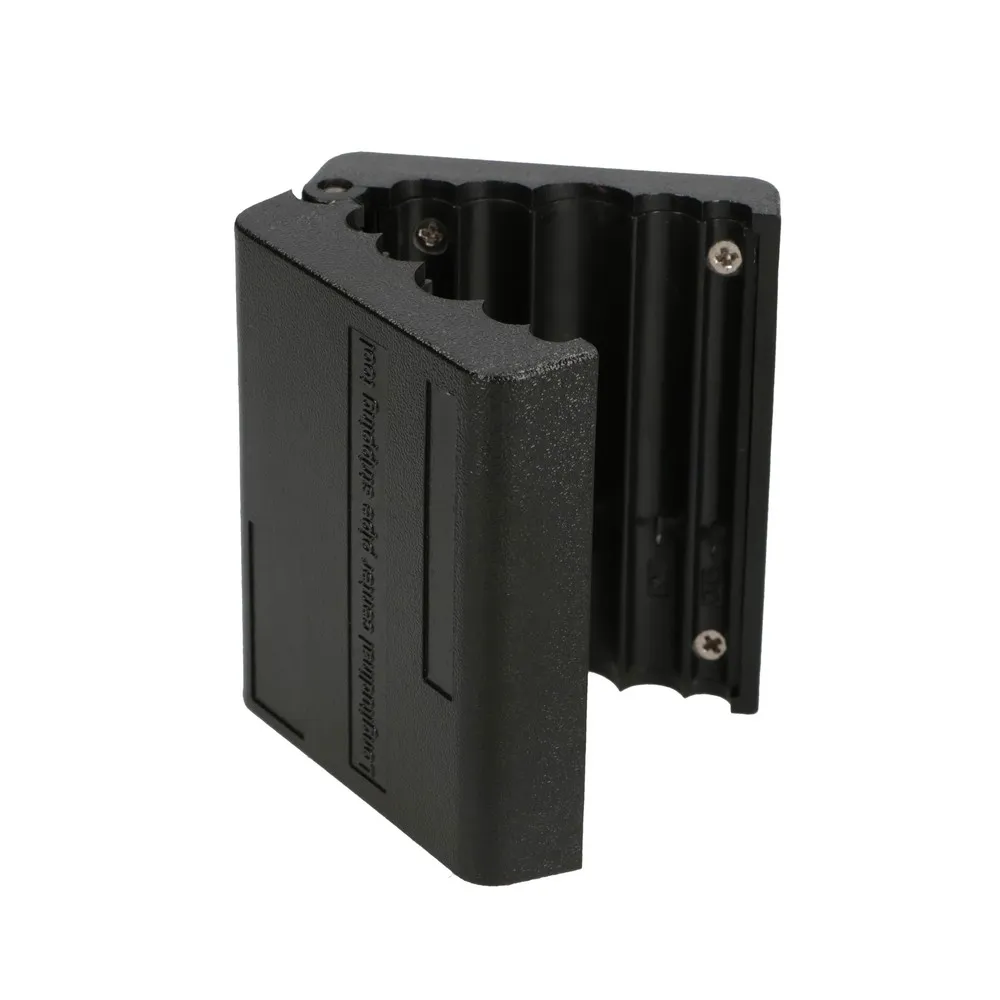
Extralink Stripper-B Buffer puller
79,00 zł Gross -
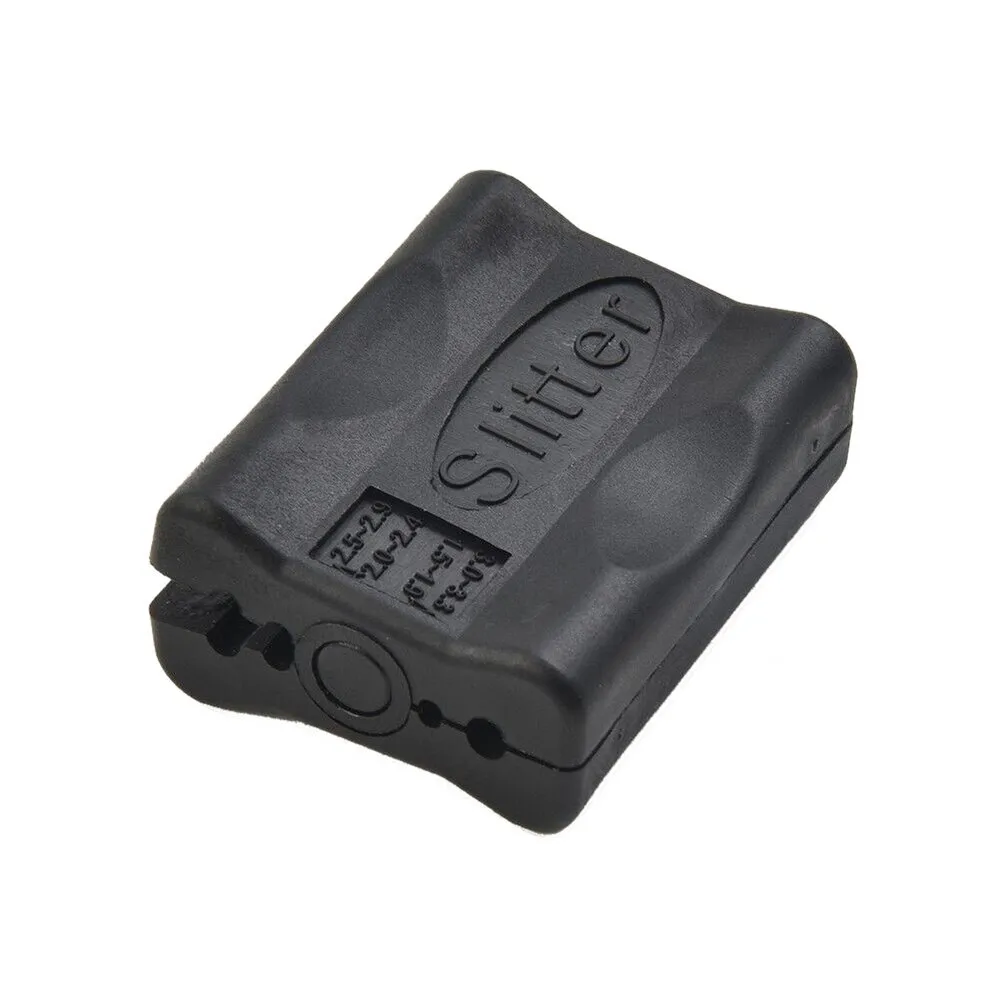
Extralink Stripper-S Buffer puller
82,36 zł Gross -
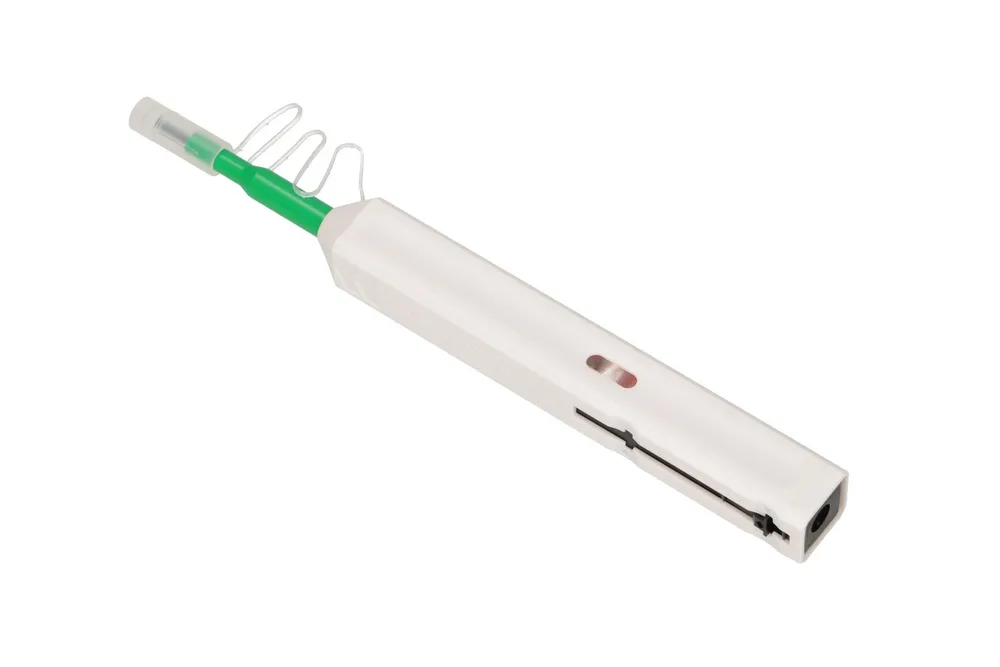
Extralink WUN014 Fiber optic connector cleaning tool
109,00 zł Gross
Cable processing tools - What is it?
Cable processing tools are a set of specialised equipment and accessories that are essential for the installation, maintenance and repair of cables, particularly in the telecommunications, electrical and fibre optic industries. These tools make working with cables easier, ensuring precision, safety and efficiency when carrying out various tasks such as cutting, peeling, cleaning or assembling cables.
Types of cable processing tools
- Cable peeler - A tool for the precise removal of insulation from cables without damaging the cable core. The peelers can be manual or automatic, adapted to different cable thicknesses.
- Cleaning tool - Primarily used when working with fibre optic cables, these tools are used to clean connectors and cable ends to ensure optimum signal transmission quality. Clean connectors minimise signal loss and prevent interference.
- Cable rack - Makes it easier to unwind and reel cables from drums. The cable racks provide stability and tidiness when working, which is particularly important when handling long and heavy cables.
- Cable cutting - Specialised tools, such as shears or cable cutters, are used to precisely cut cables of different thicknesses and materials, whether copper or fibre optic.
- Tools for connector assembly - They are used for fitting and crimping connectors on cable ends. These can be tools for crimping RJ45 terminations on network cables or tools for welding fibre optic connectors.
- Cable tester - Allows the correctness of cable connections and continuity of cables to be checked. Cable testers are key to identifying problems and confirming the quality of the installation.
- Buffer puller - a specialised tool used in the processing of fibre optic cables. Its main function is to remove the buffer coating from the optical fibre, a key step in preparing the fibre for welding or connector assembly.
